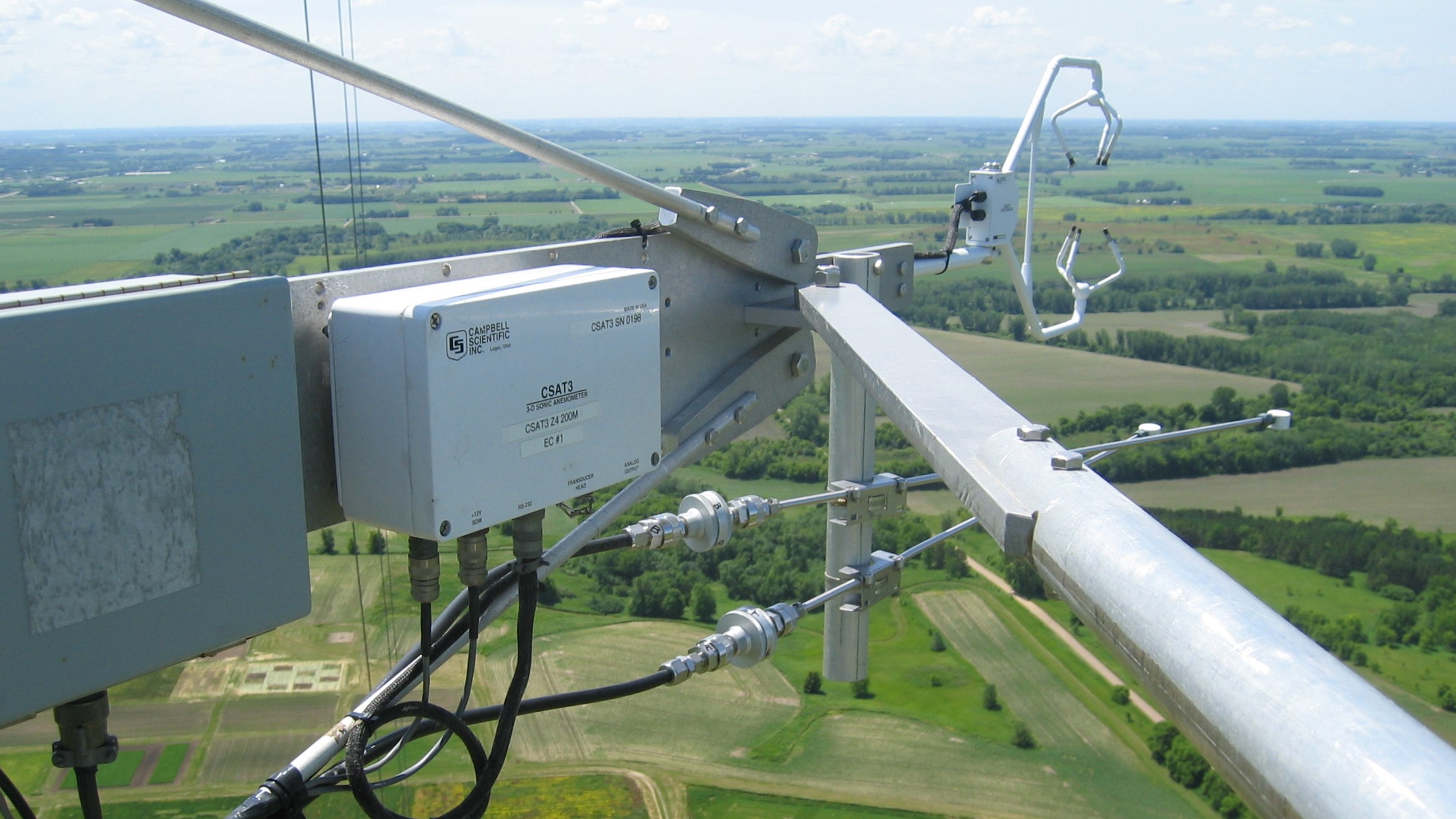
The US Corn Belt is a hotspot for emissions of nitrous oxide, a greenhouse gas that warms the atmosphere and depletes the ozone layer. SWAC faculty members Tim Griffis, Dylan Millet, John Baker and their collaborators received an award from the National Science Foundation to precisely study the sources of nitrous oxide and the atmospheric chemistry it’s involved in afterwards. The team will use a combination of isotopic fingerprinting, field and tall tower measurements, and computer models of the region. By better understanding nitrous oxide in the Corn Belt, smarter mitigation strategies and agricultural practices can be designed in the future. Read the NSF award abstract.
Subscribe to The Profile, our weekly email newsletter.
View the PDF archive of this newsletter.
